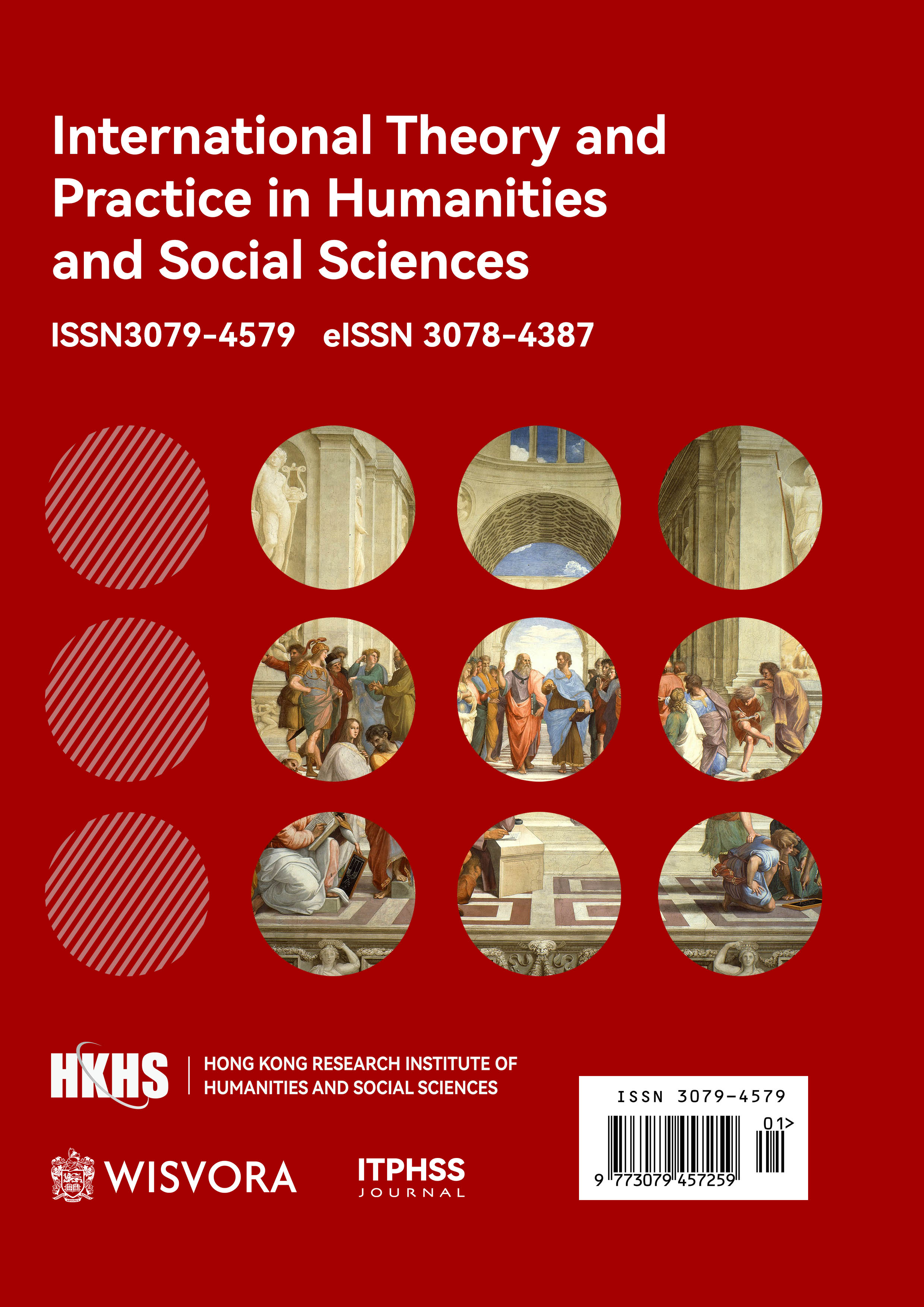Abstract
A review of Chinese cinema history reveals a close and intertwined relationship between its development and the Lingnan region, from figures such as Lai Man-wai, Zheng Junli, and Chu Yuan, to films ranging from Chuang Tzu Tests His Wife to The House of 72 Tenants. From the signing of the Mainland and Hong Kong Closer Economic Partnership Arrangement (CEPA) by the central government and the Hong Kong SAR government at the beginning of the new century, to the cultural development concept of "Jointly Building a Humanistic Bay Area" put forward in the Guangdong-Hong Kong-Macao Greater Bay Area Development Plan issued by the CPC Central Committee and the State Council in February 2019, Hong Kong and mainland China's film cultures have converged, intertwining with each other. In the past, the film industry in Guangdong leveraged its geographical and policy advantages to flourish. Looking ahead, as the largest ticket box in the Chinese film market for consecutive years, the Lingnan film market centered on Guangdong still holds potential for development. This paper attempts to trace the development trajectory of film in Hong Kong and Guangdong since the signing of CEPA in the new century, elucidating the new characteristics of film cultural integration and development.
References
Jia, L., Ding, Y., Rao, S., et al. (2021). History and current status of film and television in the Guangdong-Hong Kong-Macao Greater Bay Area. Journal of Guangzhou University (Social Sciences Edition), 20(01), 5–22.
Guangzhou City Film Company Editorial Team. (1993). Guangzhou Film Annals. Guangzhou: Guangzhou City Film Company.
Zhao, W. (2022). Reflections on the development of films in the Greater Bay Area. China Film Market, (12), 12–17.
Xu, S. (2019). The star McDull: Realism and integration of regional culture. Contemporary Cinema, (09), 94–96.
Lie, F. (2023). A Guilty Conscience: Is the record-breaking box office due to Hong Kong flavor or a Hong Kong-style “fairy tale”? Film Art, (03), 100–102.
Yin, H., & Liang, J. (2018). On new mainstream cinema: The convergence of mainstream values and the mainstream market. Modern Communication (Journal of Communication University of China), (07), 82–87.
Hu, Z., Yin, L., Teng, H., Wang, Y., Rao, S., Yin, H., ... & Wu, G. (2022). Warm realism in film and television creation in the new era. Journal of Beijing Film Academy, (06), 4–21.3.
Hua, M. (1991). Summary of the symposium on the characteristics of modern Lingnan culture. Guangdong Social Sciences, (05), 125–126, 124.
Ma, Y. (2024). Rootless, seeking roots, and rooting: Identity recognition and cultural dilemmas of “intergenerational families” in immigrant films. Southeast Communication, (02), 58–61. https://doi.org/10.13556/j.cnki.dncb.cn35-1274/j.2024.02.001
Liu, Y. (1997). Characteristics of Lingnan culture and its geographical formation factors. Human Geography, (01), 48–50.
Zhang, J., & Wei, S. (2014). Zhou Hao: Telling stories of personal experiences through images. China Television (Documentary), (12), 90–95.
Zhang, A. (2024). The mutual integration and symbiosis of documentaries and Bay Area communication from the perspective of new cultural geography: A case study of the China (Guangzhou) International Documentary Festival. Educational Media Research, (04), 14–20. https://doi.org/10.19400/j.cnki.cn10-1407/g2.2024.04.010
Zhan, J. (2023). On spatial writing and the exploration of cultural identity in Ann Hui's films (1995–2021) (Master's thesis, Zhejiang University). Master's Thesis. https://link.cnki.net/doi/10.27461/d.cnki.gzjdx.2023.002495
Zhai, W. (2021). Analyzing adolescent identity recognition in the film The Crossing. Sound Screen World, (23), 45–47.
Chen, Y. (2010). Documentaries in Hong Kong. Journalism University, (02), 95–100, 131.

This work is licensed under a Creative Commons Attribution-NonCommercial 4.0 International License.
Copyright (c) 2025 Chuanjia Zhang (Author); Ming Wang (Co-Authors); Kuan Li

